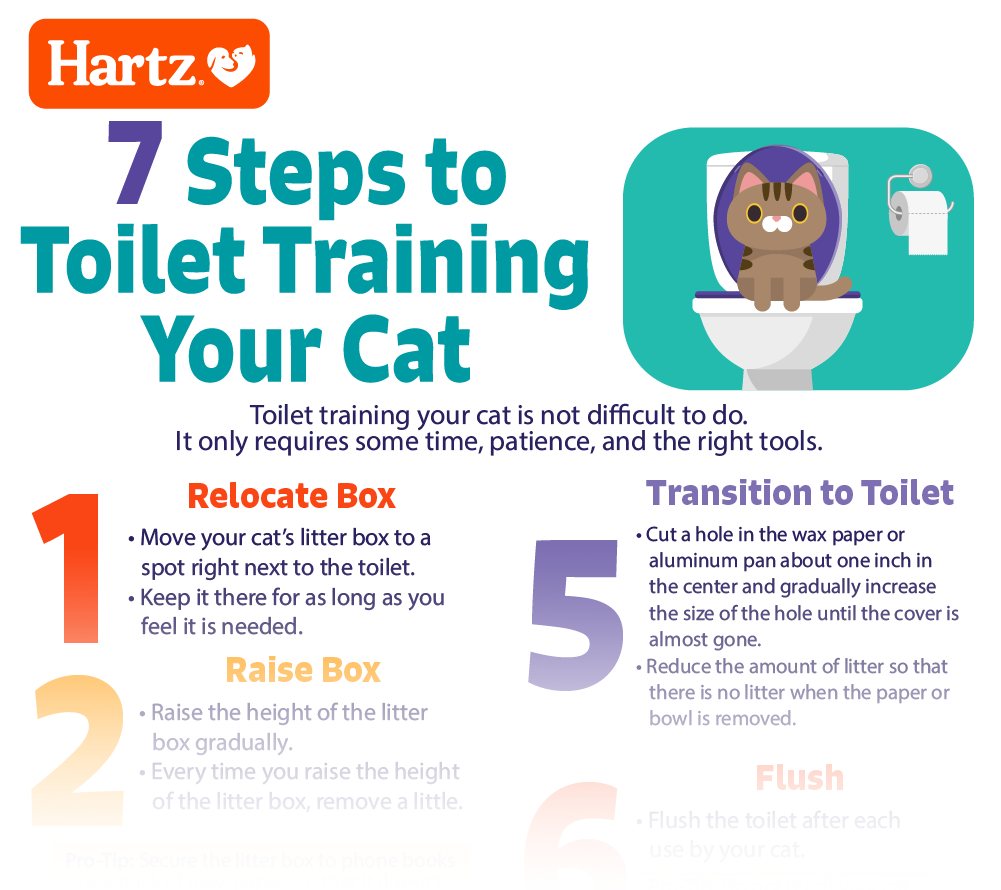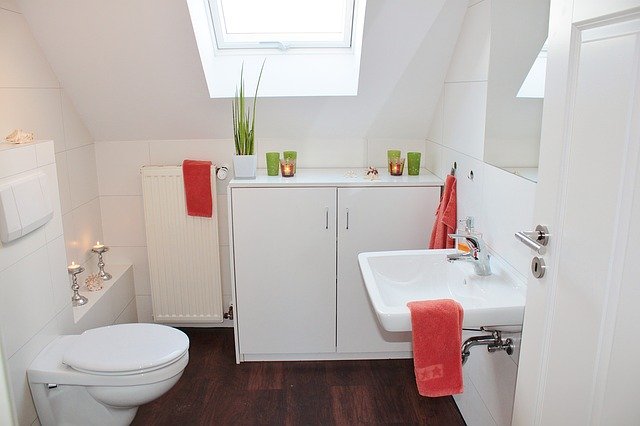Imagine a world where you no longer have to deal with the mess and hassle of a litter box. Training your cat to use the toilet might sound like a dream come true.
But is it really the perfect solution for you and your feline friend? The idea of a cat elegantly balancing on a toilet seat might seem amusing, yet the process involves more than just a few cute photo opportunities. Before you dive into this unique journey, it’s important to weigh the pros and cons.
This decision could transform your daily routine, saving you time and money, but it might also introduce new challenges. Do you want to discover if this unconventional method is the right fit for you and your cat? Keep reading to learn what you need to know before making this leap.

Credit: www.preventivevet.com
Table of Contents
Benefits Of Toilet Training Cats
Training a cat to use the toilet can save a lot of money. No need to buy litter every month. This can help save many dollars over time. You will also spend less time cleaning.
Cat litter boxes can smell bad. Toilet training reduces this problem. The bathroom smells better and is fresher. No more unpleasant odors filling the room.
Cats often track litter all over the house. Training to use the toilet stops this. The floors stay clean. No more litter bits in every room. It keeps your home tidy.
Using the toilet is kinder to the environment. Less litter means less waste. It helps the earth by saving resources. A small step for a big difference.
Challenges Of Toilet Training Cats
Teaching a cat to use the toilet can be tough. Cats need time to learn new things. Some cats might feel confused. Patience is important. Owners might need to guide their cats step by step. Cats are not always quick learners.
Toilet training can be stressful for some cats. Cats like their routine. New changes might upset them. Stress can make cats act out. Owners should watch for signs of stress. A calm environment helps.
Accidents might happen during training. Cats might miss the toilet. Cleaning up can be frequent. Be ready for unexpected messes. Cats need time to adjust to new habits.
Not every cat can reach the toilet easily. Small cats or older cats might struggle. Access is important for success. Owners might need to help their cats. A step or ramp could be useful.
Steps To Toilet Train Your Cat
Start with a toilet training kit. These kits often include a special seat that fits inside the toilet. Get some flushable cat litter. It’s safe for plumbing. A scoop is necessary to clean up messes. Keep some cleaning supplies handy. Accidents may happen.
Move the litter box near the toilet. Over time, raise the box using books or boxes. Let your cat adjust to the new height. Place the training seat on the toilet. Slowly reduce the litter in the training seat. Encourage your cat to use the toilet. Be patient. Cats learn slowly.
Give your cat a treat after using the toilet. Say kind words like “good job” or “well done.” Use toys to reward your cat. Cats respond well to love and attention. Avoid scolding. Positive actions help cats learn better.
Cats might refuse the toilet sometimes. Keep calm and try again. Watch for signs of fear or stress. Gently guide your cat to the toilet. Return to the litter box if needed. Training takes time and patience.
Common Myths About Toilet Training
Many people think toilet training is fast. It’s not. Cats take time to learn. Some cats learn in weeks. Others take months. Patience is very important. Rushing can confuse your cat. Cats need gentle guidance. Training takes effort from owners. It’s not always easy.
Not every cat can learn to use the toilet. Cats have different personalities. Some are scared of toilets. Others prefer litter boxes. Some cats refuse to change. It’s okay if a cat doesn’t learn. Owners should not force them. Cats must feel safe and happy.
Many believe cats like toilets more. This is not true. Most cats love litter boxes. They feel comfortable there. Cats like privacy when using the bathroom. Toilets can be scary for them. Litter boxes are natural for cats. Owners should respect their cat’s choice.
Tips For A Successful Training Experience
Training a cat to use the toilet takes time. Be patient and stay calm. Use a daily routine. Cats love routines. Keep lessons short and fun. Praise your cat often. Rewards make learning easier. Consistent effort will lead to success. Changes may confuse your cat. Stick to the plan.
Watch your cat closely. Notice changes in behavior. Cats may act differently when stressed. Look for signs of discomfort. Adjust your approach if needed. Happy cats learn better. If your cat avoids the toilet, take a break. Try again later.
Every cat is unique. Some learn fast. Others need more time. Adjust techniques to fit your cat’s needs. Experiment with different methods. Find what works best. Be flexible. Celebrate small wins with your cat.
Safety is important. Make sure the toilet is stable. Cats should feel secure. Clean the toilet regularly. Hygiene matters for health. Use safe cleaning products. Avoid strong smells. Cats have sensitive noses. Keep the area tidy.

Credit: www.hartz.com
Alternatives To Toilet Training
Automatic Litter Boxes can make life easier for cat owners. These boxes clean themselves. No need to scoop daily. They help keep your home fresh. Cats often like them too. It’s a smart choice for busy people. They save time and reduce smell. But they can be expensive. Also, some cats might not like them.
Litter Box Location Strategies are also important. Place boxes in quiet areas. Cats like privacy when they go. Avoid noisy spots. Keep boxes away from food. Clean the box often. Cats love clean places. Having more than one box is good. It gives your cat options. Every cat has different needs. Try different spots to see what works best.

Credit: www.pinterest.com
Frequently Asked Questions
Can Cats Really Learn To Use The Toilet?
Yes, cats can be trained to use the toilet. This process requires patience and consistency. Training involves gradually transitioning from litter box to toilet. Not all cats succeed, so consider your cat’s temperament before starting.
What Are The Benefits Of Toilet Training Cats?
Toilet training cats reduces litter usage and eliminates odors. It can save money on litter expenses. This method is environmentally friendly and simplifies cleaning routines. However, ensure your cat is comfortable with the transition.
Are There Drawbacks To Toilet Training A Cat?
Yes, toilet training can stress some cats. It requires time, patience, and persistence. Accidents may happen during the transition period. Some cats may resist using the toilet, leading to behavioral issues.
How Long Does Cat Toilet Training Take?
Training a cat to use the toilet can take weeks or months. Each cat adapts differently to new routines. It’s important to be patient and consistent throughout the process for successful results.
Conclusion
Training a cat to use the toilet can be convenient. It saves on litter costs and reduces mess. Yet, consider the challenges. Some cats resist change. Accidents may happen. Toilet training requires patience and time. Think about your cat’s comfort.
Weigh the pros and cons. Each cat is different. Decide what’s best for your furry friend. Remember, not every cat suits toilet training. Keep your cat’s needs first. Happy cat means happy home.






